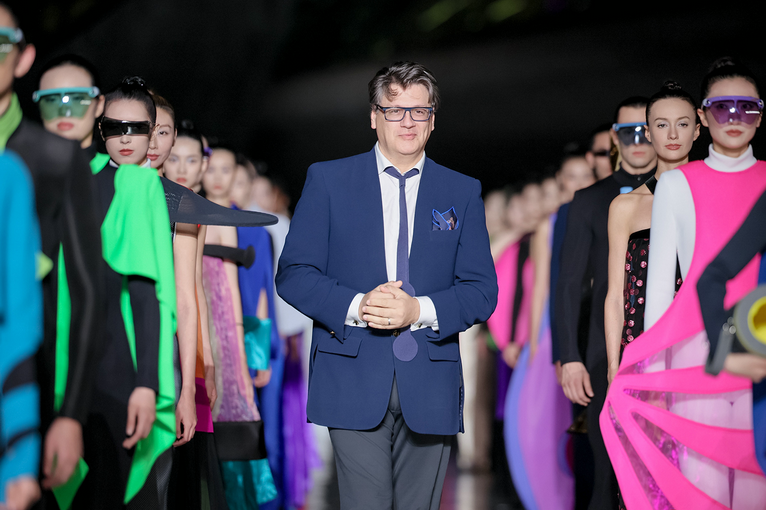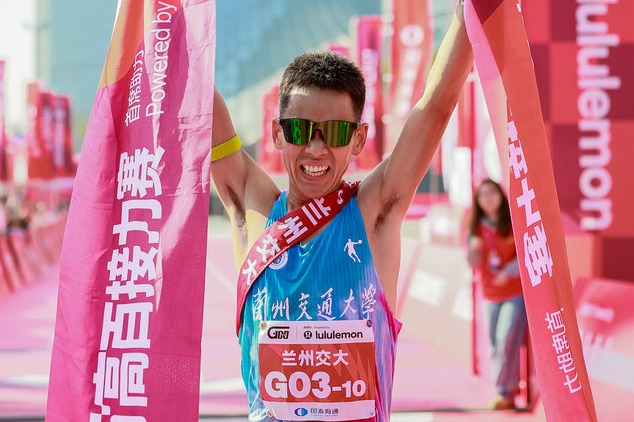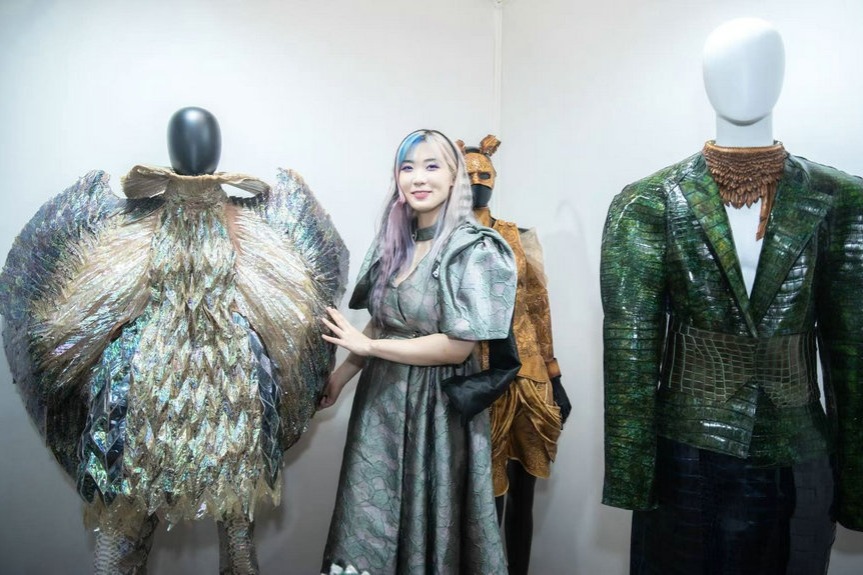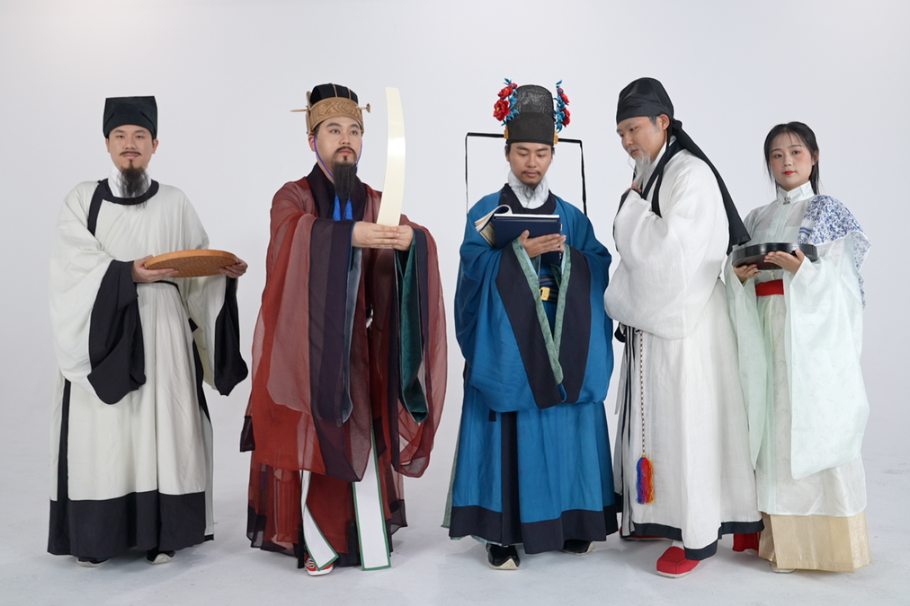Medical teams epitomize country's commitment to fight against virus


On the evening of Feb 28, Leishenshan Hospital, a temporary hospital that started operating on Feb 8 to treat patients infected with COVID-19 in Wuhan, Hubei province, witnessed a special wedding ceremony. Nurses Yu Jinghai and Zhou Lingyi from Renji Hospital affiliated to the Shanghai Jiao Tong University School of Medicine got married in the company of colleagues from all around China who went to support Wuhan. The nuptials lasted no more than a dozen minutes, and the couple returned to work almost immediately after the ceremony.
The pair had planned to hold their wedding on Feb 28, but both were dispatched to Wuhan on Feb 19 as members of the 8th medical team from Shanghai to support the virus-stricken city. Deciding to still "save the date", they adapted to the location and format of the wedding to meet the requirements of the moment.
"We were able to fight side by side on the front line in Wuhan. It is more meaningful than a grand wedding or a honeymoon," says Zhou.
The couple was among the more than 3,000 medical workers who joined the fight against the pandemic in Leishenshan earlier this year. The hospital admitted 2,011 patients infected with the novel coronavirus in the 67 days it operated, and witnessed the painstaking efforts of 16 medical teams from Shanghai and the provinces of Liaoning and Guangdong.
It was Feb 8 when Liaoning's local government authority received an urgent notice from the National Health Commission to organize a 1,000-member medical team to go to Leishenshan Hospital to support Wuhan. Within just four hours, a team of 1,013 people from 14 medical institutions in the province was formed.
Recalling the start, Xu Yinghui, president of Dalian Medical University still feels excited, telling Xinhua News Agency that, "Upon receiving the order, all of the best medical workers entered the battlefield."
One day later, the team from Liaoning arrived. One week later, the Shanghai team arrived, closely followed by the Guangdong team, which arrived on Feb 18.
When the hospital was first put into use, communication between the wards and the administration center, and the quarantine area and the outside, did not go smoothly due to the restrictive protective equipment making it difficult to understand the voices of medical staff over the two-way radios.
Learning of the situation, Yang Yanzong, a retired cardiologist-formerly one of China's leaders in the field-h(huán)urried to the front with a system which "enabled medical workers to have real-time communication with others by wearing a wireless earphone and microphone", according to a report from The Paper. "Moreover, people in the administration center could see the scenes in the quarantine area from a big screen and talk directly with the medical workers inside."
A COVID-19 treatment program combining traditional Chinese medicine and Western medicine was adopted in Leishenshan, and TCM played a big role in curing patients that were in a severe condition.
When an old woman, surnamed Wu, was sent to the hospital, she was in danger of respiratory failure with a blood oxygen saturation level of only 69 percent. The Shanghai team in Leishenshan developed a personalized treatment program combining Western methods and TCM methods like acupuncture, and finally saved her life.
Fang Bangjiang, a doctor from Longhua Hospital affiliated to the Shanghai University of Traditional Chinese Medicine, who went to Wuhan, says: "We sometimes used TCM methods like acupuncture in place of breathing machines so that the patients could feel better when being weaned from life support machines. Some people's respiratory functions were obviously improved after the use of acupuncture."
The medical workers' efforts achieved recognition from the patients. When Fan Min, another doctor from Shanghai, discharged a 79-year-old patient who finally recovered from his severe condition, the old man, who had served in the army for more than 30 years, gave him a military salute, "I have difficulty writing a letter of thanks to you, so let me salute you."
Yu Na, deputy director of Guangzhou First People's Hospital, part of the Guangdong team which worked in Wuhan until Leishenshan closed on April 15, says: "We came to Wuhan to address to the treatment of severely ill patients. This is the last battleground, and we cannot retreat a single step. Now we can proudly say we have not let people down."




































